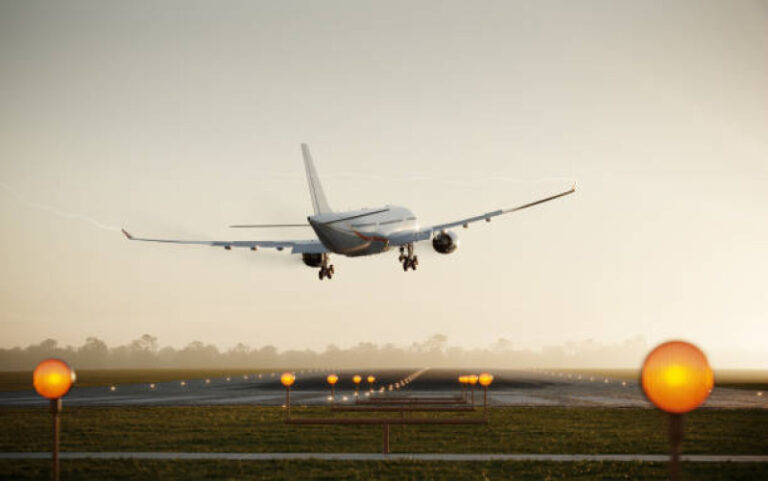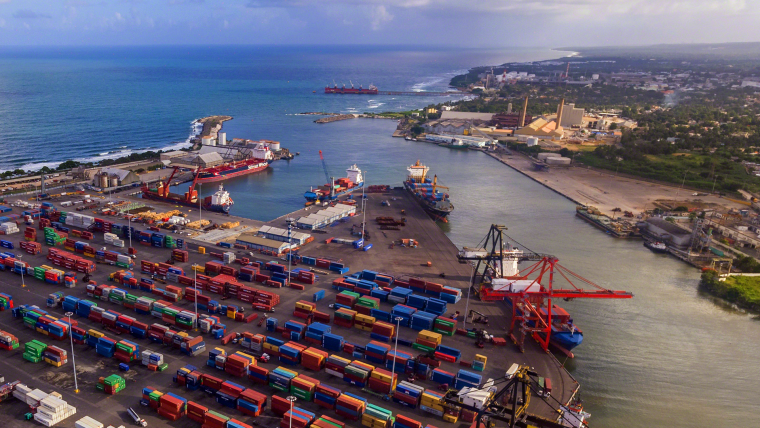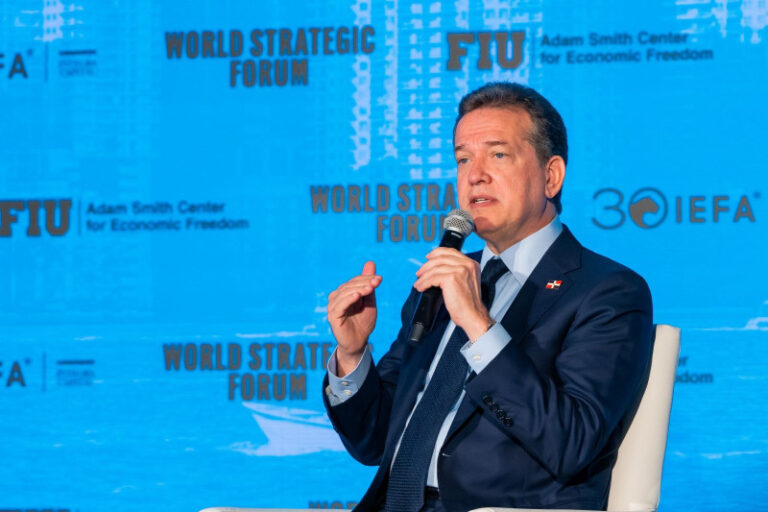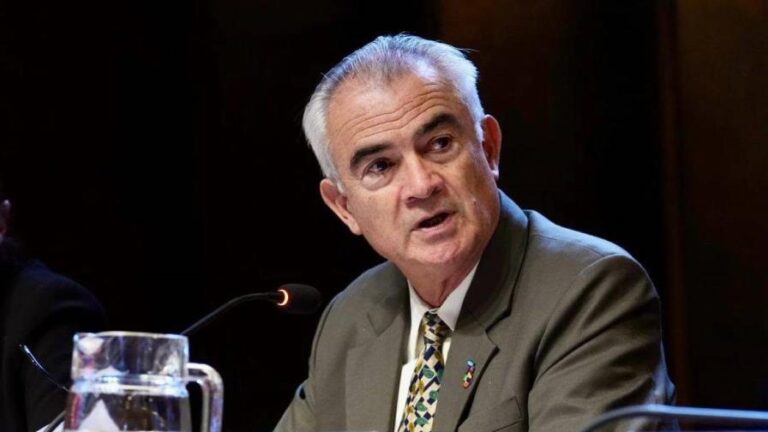One of the positive changes that ensued from the 2020-2022 pandemia was the reconfirmation that tourism is one of the country’s main columns, a source of prosperity, economic and social development, a means to diversify the productive map and its human component.
The traditional economy benefited, but thousands of new large, medium, small and tiny actors have also emerged for a slice of the pie. It also provides us with an interesting pool of jobs, demanding for those who join, but much more attractive than the traditional offer that prevailed until the nineties, including the first generation of free zone companies.
One of the interesting aspects of tourism, which is strengthening and expanding in its post-pandemic rebirth, is the diversification of the offer that goes with it. This includes an important reassessment of its contribution to local culture and to the expansion of areas for tourist enjoyment demanded by the impressive growth of arrivals (mainly by air) and the growing number of cruise ships arriving at the existing ports (Puerto Plata, Santo Domingo and La Romana), and what is expected of those that are under development (Cabo Rojo, Santa Barbara, and Arroyo Barril, the latter two in Samana).
The space designated to tourism is growing and there is a rush to incorporate new areas. Such is the case for Miches (in the East) as an addition to Punta Cana; Punta Bergantin, near Montellano, comes on board to strengthen Puerto Plata and the Atlantic Coast, and Cabo Roja (in the deep south, on the border) will impact Barahona and the neighboring provinces. Bani is taking small steps, but it won’t be long before the seed sown in Puntarena, Sabana Buey, flourishes in this very organized and socially fertile province.
The difference, and what makes tourism interesting as a source of development for a region or a country, is that it is an integrative activity. It cannot survive if cut off from the rest of society, it cannot be sustained based on enclaves, because it’s the local people who mainly fertilize the industry. Local culture is also a vital ingredient, to exist and prosper the industry must feed on the environment. Tourism cannot grow or prosper if it clashes with local customs instead of assimilating them.
Those of us who joined the tourism development process early, in the seventies, are witnesses to how a hotel isolated from its surroundings ended up assimilating them. Projects that with their backs to everything local soon opened their doors, and we went from plundering the environment to recognizing that natural resources must be preserved because without them the tourism industry has no future.
It is an interesting process. To study, to learn. To spread the teachings throughout the country and use tourism as a source of development as well as an example to fuel the necessary change and make the business-society relationship more positive. The tourism business has learned a lot from us and the country much more from it. From its initially unplanned expansion, we have moved on to a development experience based on the principles of environmental and social sustainability, as is the case of Pedernales, and a vision of development that has also influenced Miches and Punta Bergantin.
Let’s celebrate it! That is why we are leaders, and this is the most powerful engine of our development today. It is also the vision of a president, like Luis Abinader, who knows the sector and put the Ministry of Truism in the hands of a tireless worker.
Source:





